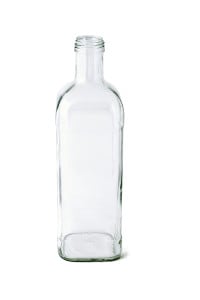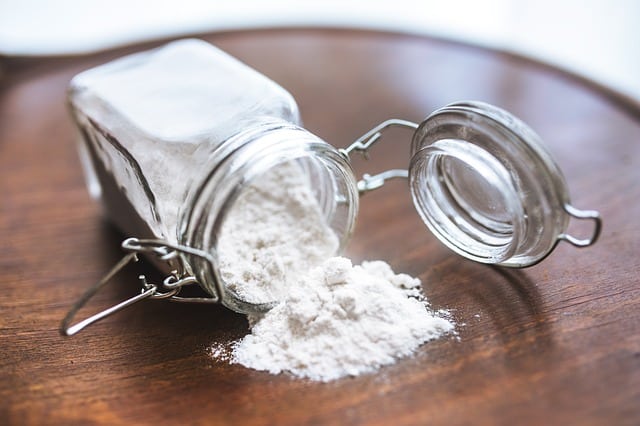 Fighting drunk drivers is an on-going battle. Laws across the U.S., not to mention the world, continue to focus on how to keep streets sober so that we can all breathe a little more easily. Even still, we’re seeing too many alcohol-related deaths on our roads despite having a great solution to the problem: ignition interlock devices. The problem is that in most cases, a person has to be arrested and/or convicted of drunk driving in order to get an ignition interlock device. That leaves plenty of room to get away with drunk driving before getting caught.
Fighting drunk drivers is an on-going battle. Laws across the U.S., not to mention the world, continue to focus on how to keep streets sober so that we can all breathe a little more easily. Even still, we’re seeing too many alcohol-related deaths on our roads despite having a great solution to the problem: ignition interlock devices. The problem is that in most cases, a person has to be arrested and/or convicted of drunk driving in order to get an ignition interlock device. That leaves plenty of room to get away with drunk driving before getting caught.
That reality is one reason why so many people just want to reduce the legal blood alcohol concentration (BAC) limit for drunk driving. A person’s BAC is used to determine if they are legally drunk, and right now, that limit is at .08 percent in the U.S. A few other countries have an even lower BAC limit (around .05 BAC) with marginal success at reducing drunk driving fatalities. A zero percent BAC limit would obviously keep everyone from having a beer and heading home after happy hour, right?
Nope.
A zero percent zero percent BAC limit will not stop a person from getting into their vehicle if they’ve been drinking, no more than the .08 BAC limit stops anyone from driving after they’re legally drunk. More than 70 percent of drunk driving fatalities are at the hands of a drunk driver with a BAC of .15 or above, almost twice the legal limit. At that point, remembering or caring about the “zero tolerance” BAC is usually no longer an issue, and that person will drive no matter the legal limit.
Stopping drunk drivers isn’t easy, and there’s no way a zero percent BAC limit will do the job of an ignition interlock device. Until there are better options before a drunk driving incident occurs, we can stick with what works: offering our friends a sober ride home and keep supporting ignition interlock expansion across the country.

 Powdered Alcohol Isn’t ALL Bad
Powdered Alcohol Isn’t ALL Bad
Leave a Reply
You must be logged in to post a comment.